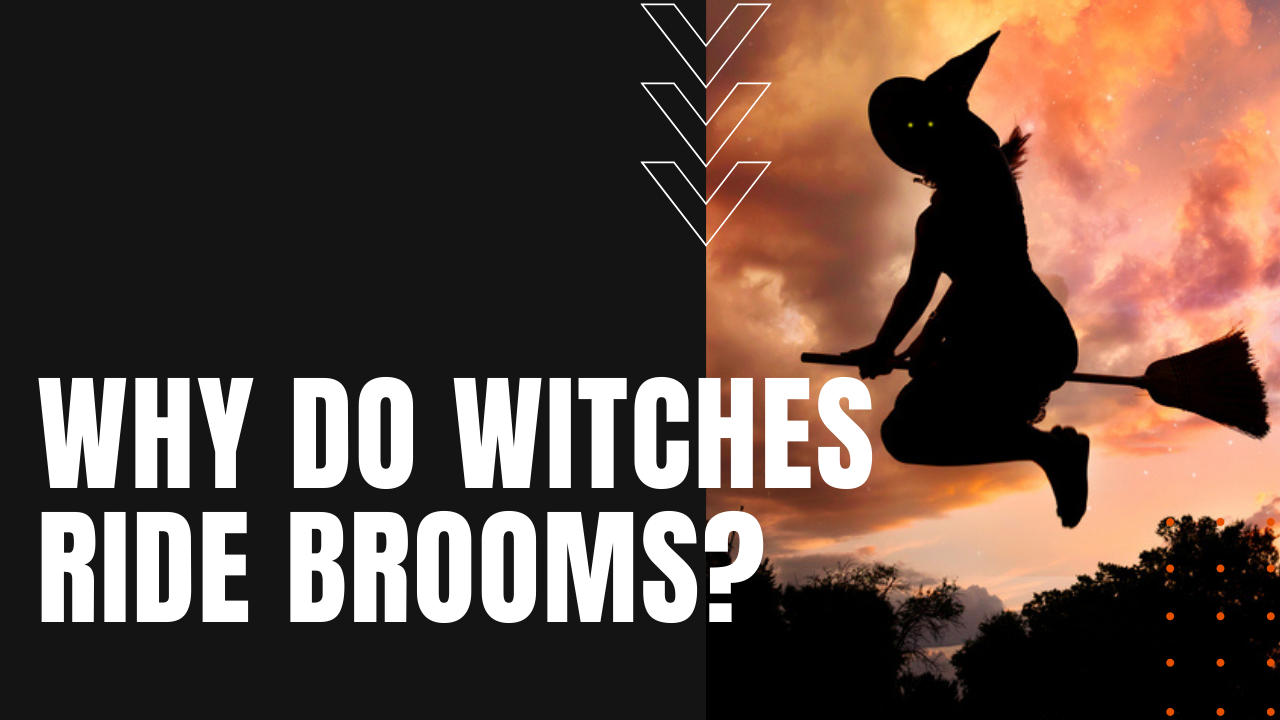Why Do Witches Ride Brooms?

No one knows when the broom itself was first invented, but the act of sweeping goes back to ancient times, when people likely used bunches of thin sticks, reeds and other natural fibers to sweep aside dust or ash from a fire or hearth.
As J. Bryan Lowder writes, “this household task even shows up in the New Testament, which dates to the first and second centuries A.D.,” and over time has become the ubiquitous symbol of female domesticity. To further the connection between brooms and witches, anthropologist Robin Skelton suggests the association may have roots in a pagan fertility ritual, in which rural farmers would leap and dance astride poles, pitchforks or brooms in the light of the full moon to encourage the growth of their crops.
Witches Broomstick
This “broomstick dance,” she writes, became confused with common accounts of witches flying through the night on their way to orgies and other illicit meetings. While anxiety over witches reached its high point in the Middle ages, pharmacologist David Kroll writes in Forbes Magazine that alleged witches were thought to concoct their brews from such hallucinatory plants as Atropa belladonna, and since ingesting these plants would cause intestinal distress, 15th-century theologian Jordanes de Bergamo wrote that “the vulgar believe, and the witches confess, that on certain days or nights they anoint a staff and ride on it to the appointed place or anoint themselves under the arms and in other hairy places.”
Beginning in the 17th century, accounts of witches using broomsticks to fly up and out of chimneys became more commonplace, just as women became more closely associated with household domesticity more than ever before. According to one custom, women would prop a broom up outside a door, or place it up a chimney, to let others know they were away from the home. Perhaps because of this, popular legend embraced the idea that witches left their houses through their chimneys, even though very few accused witches ever confessed to doing so.
While popular anxiety about witchcraft had subsided by the 18th century, J.K. Rowling’s Harry Potter books and movies have done much to rekindle the image of witchcraft and flying brooms, while in the United States, anyway, plenty of self-identified witches embrace neopagan religious traditions such as Wicca, making witchcraft and brooms a sweeping testament to the power of human imagination.
